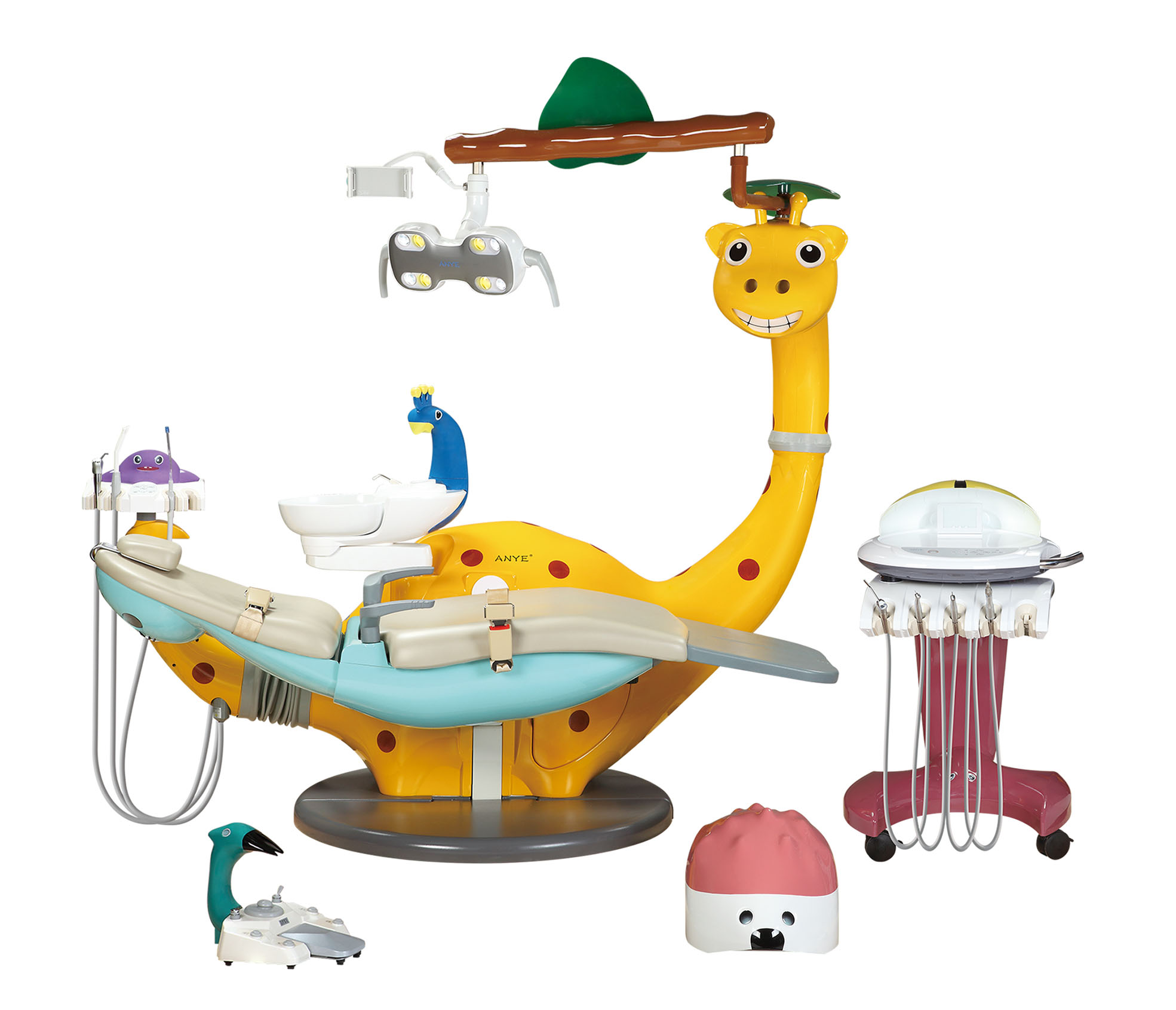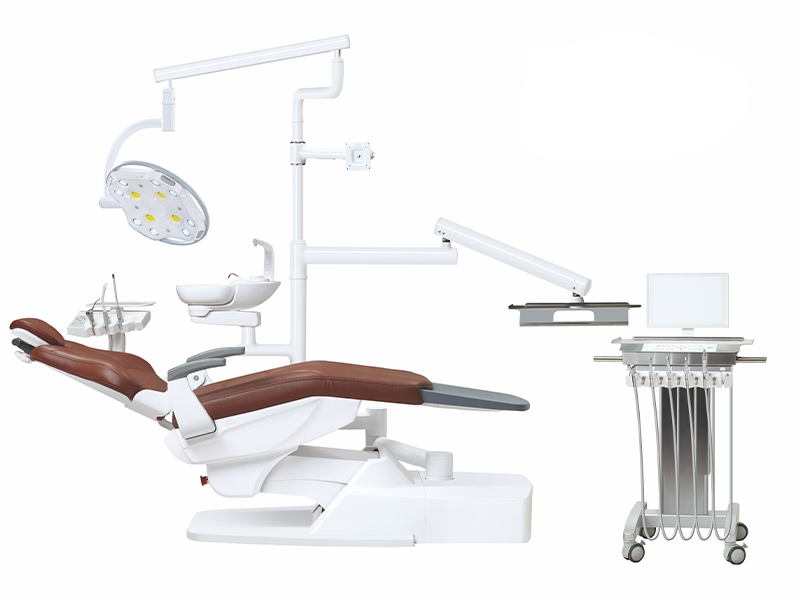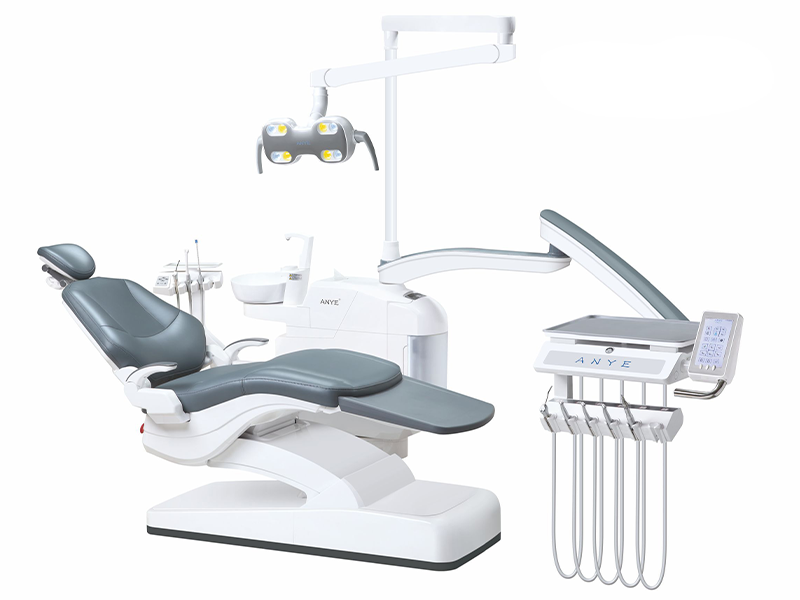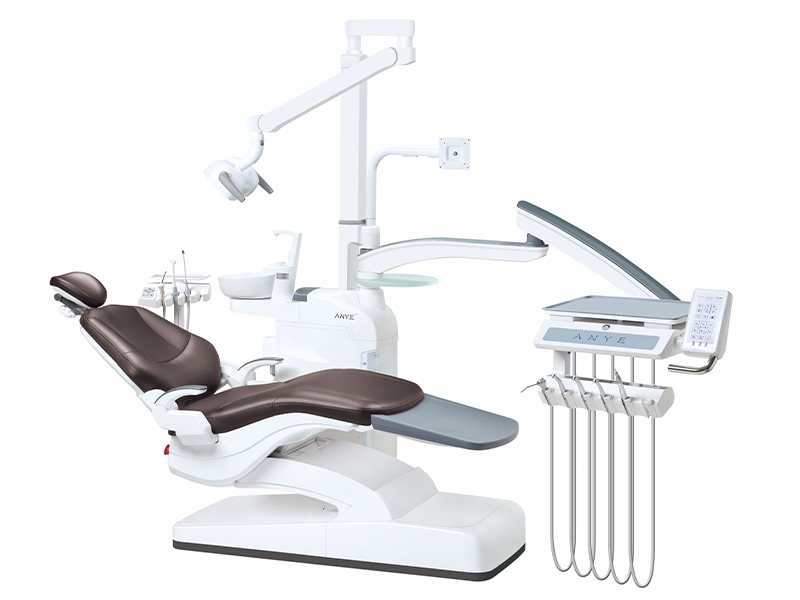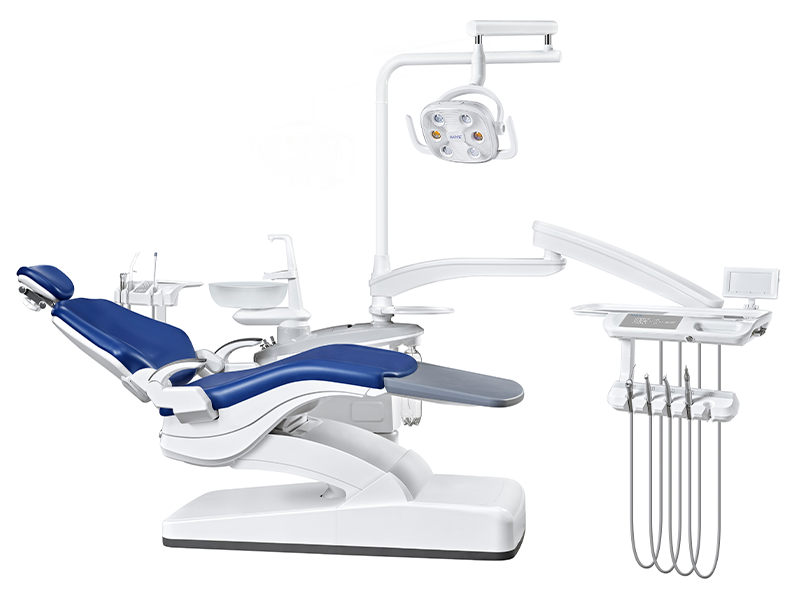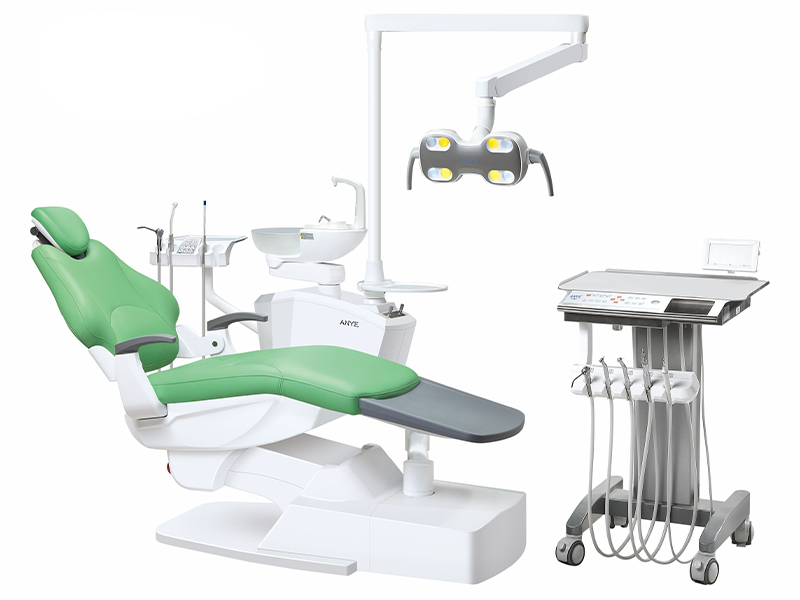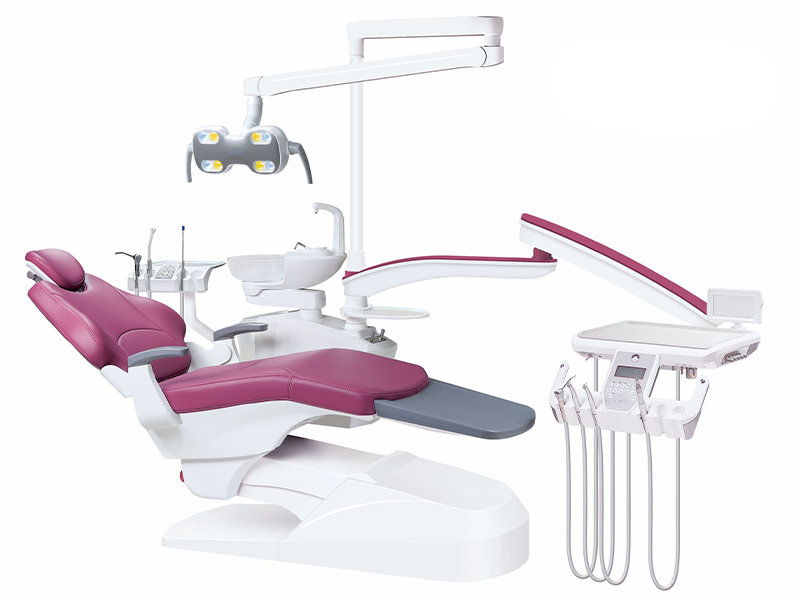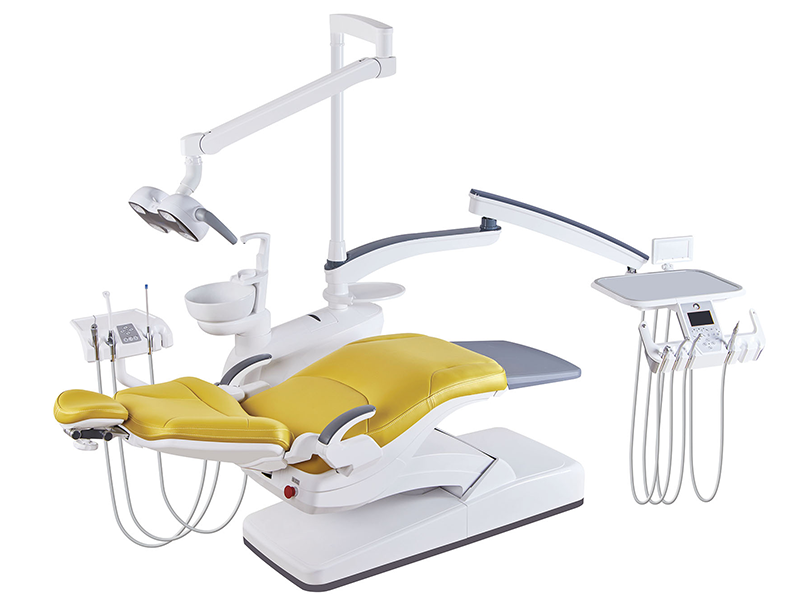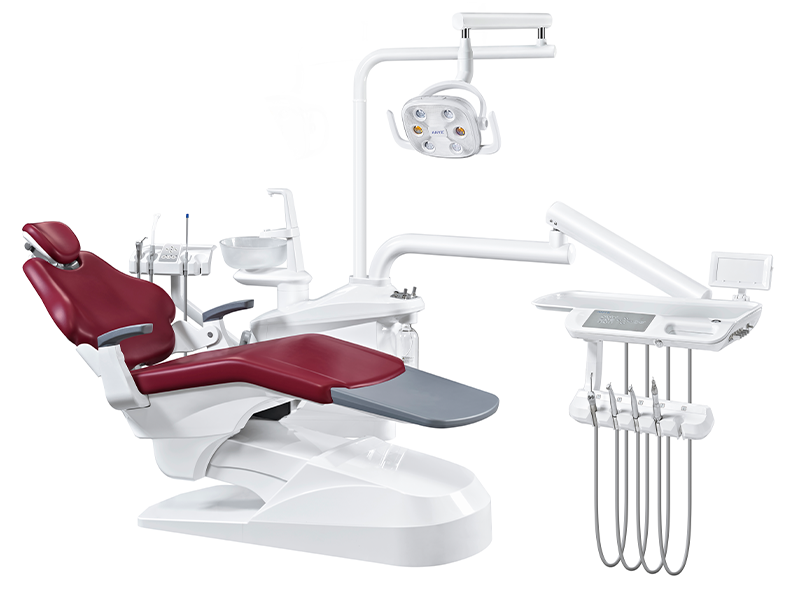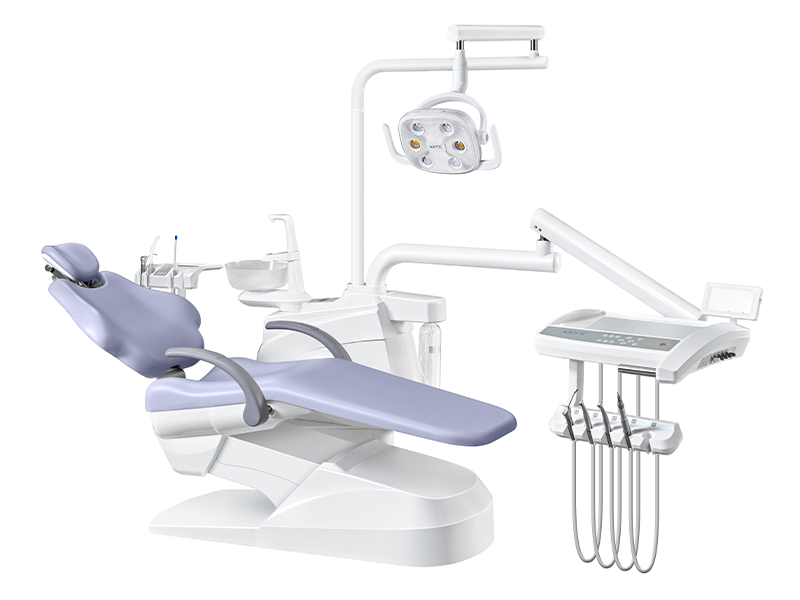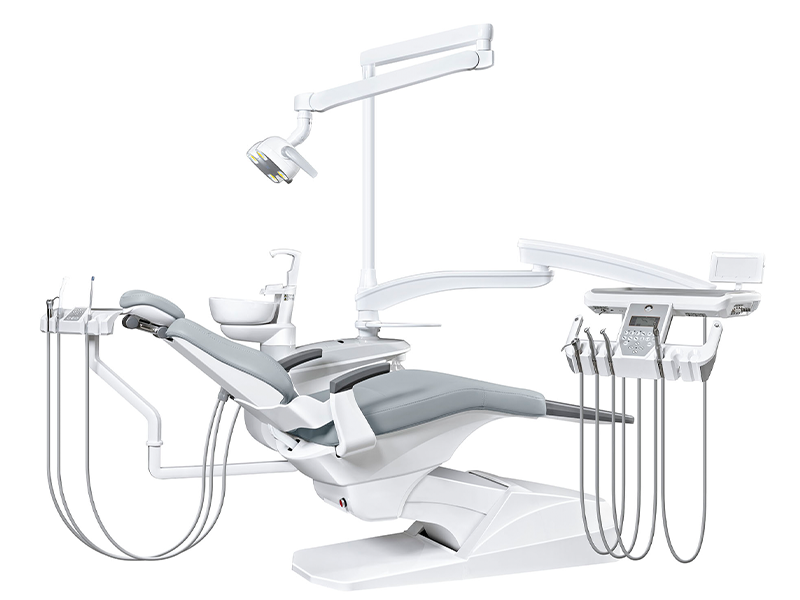Dental chairs play a pivotal role in ensuring both patient comfort and the overall quality of dental care. Modern dental chairs are designed to provide superior comfort and support, reducing anxiety and enhancing the overall dental experience. These innovations not only help improve patient outcomes but also enable dental professionals to perform treatments with greater efficiency. Whether in routine checkups or complex procedures, the comfort provided by these chairs can significantly impact both patient satisfaction and clinical success.
Ergonomics and Comfort in Dental Chairs
The ergonomic design of dental chairs is essential in improving patient comfort and reducing stress. Comfortable dental chairs help patients maintain a relaxed posture throughout their treatment, minimizing the risk of discomfort or fatigue. Features such as adjustable lumbar support, headrests, and armrests allow the chair to be tailored to each patient’s body type, providing personalized comfort. This customization is particularly important for patients with dental anxiety, as it fosters a sense of control, reducing fear and discomfort.
Key Benefits of Ergonomic Design:
- Reduced Physical Strain: Minimizes the risk of discomfort during long procedures.
- Improved Blood Circulation: Helps maintain natural posture, ensuring optimal blood flow.
- Enhanced Treatment Efficiency: Well-designed chairs improve access, enabling dentists to work more precisely.
By incorporating ergonomic features, dental chair designs reduce physical strain, making dental visits more comfortable and less stressful for patients.
The Psychological Impact of Dental Chairs on Patient Anxiety
One of the most significant benefits of modern dental chairs is their ability to reduce dental anxiety. Dental anxiety is a common issue for many patients, but the right chair design can help alleviate these fears. For instance, comfortable dental chairs often feature soft padding, soothing colors, and a sleek design that transforms the clinical environment into a more welcoming space. The familiarity of the chair, as well as its inviting appearance, helps patients feel more at ease.
How Dental Chairs Address Anxiety:
- Soothing Aesthetic Appeal: Soft, inviting upholstery and calming colors create a non-threatening atmosphere.
- Control Over Comfort: Adjustable features like headrests and armrests allow patients to feel more in control during their treatment.
- Distraction Features: Built-in entertainment systems help shift focus away from the procedure, reducing perceived pain and discomfort.
Technological Advancements in Dental Chairs
The integration of advanced technology into dental chairs has revolutionized the patient experience. Many of today's chairs come equipped with features like built-in massagers, entertainment systems, and even climate control, which help patients relax during procedures. Additionally, modern dental chairs often incorporate diagnostic tools, such as intraoral cameras or built-in X-rays, which not only enhance treatment efficiency but also minimize the number of movements required during the procedure.
Technological Features Enhancing Comfort:
- Programmable Positions: Allow customization for different procedures or patient preferences.
- Memory Foam Cushions: Conform to the patient's body shape, ensuring personalized comfort.
- Climate Control: Built-in heating or cooling systems allow patients to maintain a comfortable temperature.
Anye Dental’s Commitment to Patient Comfort
At Anye Dental, we understand that patient comfort is paramount. Our range of dental chairs, such as the AY-215A Series (including models AI, A2, A3, A5), has been carefully designed to provide an exceptional patient experience. These chairs incorporate the latest in ergonomic design and technological innovations. Additionally, our AY-215B Series (B1, B2, B3, B5) offers specialized options, such as sterilization capabilities, ensuring the highest level of hygiene during procedures.
Our AY-215C Series features options like the C1, C2, and C3 models, designed with the comfort of both patients and practitioners in mind. For pediatric care, the AY-215D Series (D2, D3) focuses on creating a child-friendly environment to reduce anxiety and make dental visits a more pleasant experience. At Anye Dental, our commitment to quality is reflected in our CE and ISO13485 certifications, and we proudly serve over 60 countries.
Practical Applications for Dental Professionals
For dental practices, choosing the right dental chair is crucial in creating an environment that promotes patient comfort and enhances the efficiency of treatments. Here are some practical tips for selecting the right dental chair for your practice:
- Prioritize Adjustability: Choose chairs with features that allow customization to fit a wide range of patients and treatments.
- Invest in Technology: Opt for models with integrated diagnostic tools and comfort features such as massagers or entertainment systems.
- Consider Aesthetic Design: The visual appeal of the chair can set the tone for the treatment experience. Select chairs with a sleek, modern design to help alleviate patient anxiety.
For more information about how Anye Dental’s range of ergonomic dental chairs can benefit your practice, visit our product pages, such as the AY-215A1 or AY-215B5, and explore our full catalog.
Conclusion
The role of dental chairs in patient comfort extends far beyond just providing a seat during treatment. A well-designed chair not only supports physical comfort but also addresses psychological factors such as dental anxiety, ensuring a more positive experience for patients. Through the integration of advanced technologies and ergonomic designs, modern dental chairs continue to play a crucial role in enhancing the patient experience and improving clinical outcomes.
As Anye Dental continues to innovate, we remain dedicated to providing high-quality dental chairs that help dental professionals deliver exceptional care while ensuring patient comfort.
Learn More About Our Modern Dental Chairs:
By investing in the right dental chairs, dental professionals can foster a more comfortable, efficient, and successful practice.

